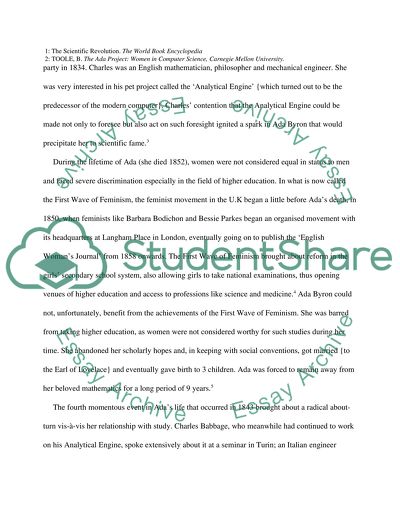Cite this document
(“Women and science Essay Example | Topics and Well Written Essays - 3750 words”, n.d.)
Retrieved from https://studentshare.org/miscellaneous/1540326-women-and-science
Retrieved from https://studentshare.org/miscellaneous/1540326-women-and-science
(Women and Science Essay Example | Topics and Well Written Essays - 3750 Words)
https://studentshare.org/miscellaneous/1540326-women-and-science.
https://studentshare.org/miscellaneous/1540326-women-and-science.
“Women and Science Essay Example | Topics and Well Written Essays - 3750 Words”, n.d. https://studentshare.org/miscellaneous/1540326-women-and-science.


